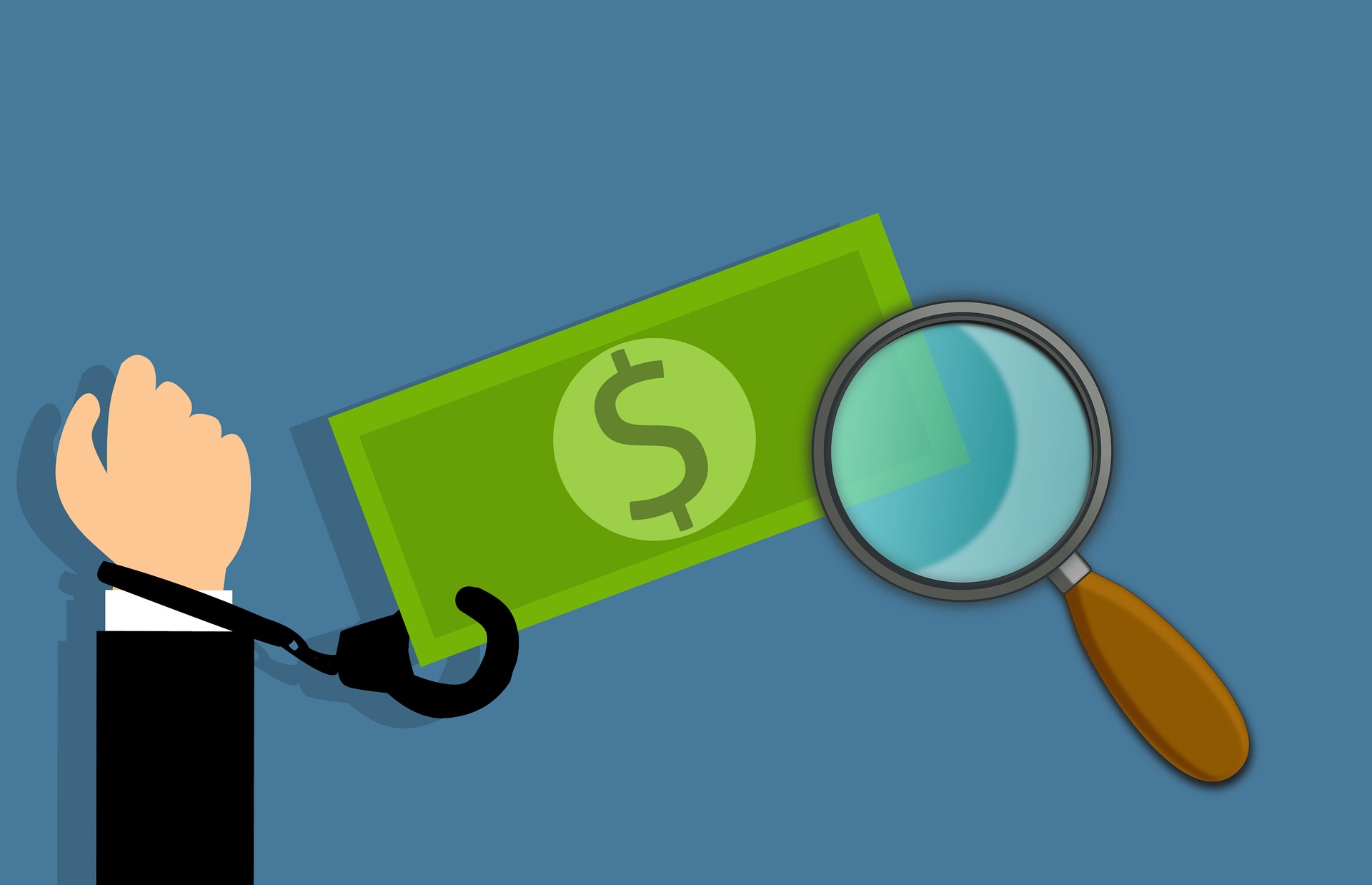4 Things That Happen After You Declare Yourself Bankruptcy

Bankruptcy offers a beneficial way to pay off debts. Consumers have the option to file chapter 7 or 13. Chapter 7 is liquidation and requires the sale of assets to pay the debts. Chapter 13 is a new structured payment plan. Chapter 7 lasts up to six months, and chapter 13 lasts up to five years. Consumers who are unsure of what to expect review the 4 things that happen after you declare yourself bankrupt.
1. A Trustee is Assigned to the Case:
The bankruptcy court assigns a trustee who manages the case. For chapter 7, the trustee collects deeds and titles from you and starts the sale of your assets. The trustee collects proceeds from each sale and distributes the money to creditors. They report each sale to the court and proceed with the discharge after all sales have concluded.
In chapter 13, the trustee collects the monthly payments from the consumer and divides the money among the creditors according to the plan. The same trustee informs the court if any terms of the claim are violated.
2. Meeting of the Creditors:
After the bankruptcy is filed, the court sends notifications to all creditors listed in the claim. The creditors have the legal right to deny any inclusion in a bankruptcy case. The meeting of creditors is scheduled according to the court’s schedule. After declaring bankruptcy, the consumer isn’t guaranteed any inclusions, and the court informs the consumer about any denials from creditors.
In some circumstances, the court intervenes and includes debts in the claim even if the creditor refused inclusion. The court cannot add government-backed debts without federal approval.
3. The Automatic Stay:
The automatic stay is available through all bankruptcy cases. It prevents the creditors included in the claim from filing any legal action against the consumer. After the account is included, the creditor must abide by the automatic stay, and any legal action started before the claim was processed is stopped immediately.
The creditor isn’t allowed to use any collection practices against the consumer. It doesn’t matter how delinquent the debt is. Once the automatic stay takes effect, the consumer is protected under bankruptcy laws.
4. The Stipulations of the Case Begin
In chapter 7, the consumer turns over titles and deeds to the court for all assets requested. The trustee takes over the process, and the consumer receives exempted values after all sales are final. The claimant retains the right to open new lines of credit after the case is filed.
In chapter 13, new lines of credit aren’t available to the consumer, and if they start a new line of credit, then the consumer is in violation of their court order. All disposable income is used to pay debts that were not included in the claim. Any violation of the terms of the agreement results in early discharge of the case. If a discharge happens, then the consumer is responsible for all debts and no longer has the protection of the automatic stay.
Consumers facing overwhelming debt choose one of two chapters of bankruptcy. Chapter 13 requires the consumer to have an annual income that exceeds the media for their household size. Chapter 7 requires the consumer to possess adequate assets to pay off their debts. Knowing what to expect after you file for bankruptcy helps you prepare better and avoid common issues.
Read Also:










